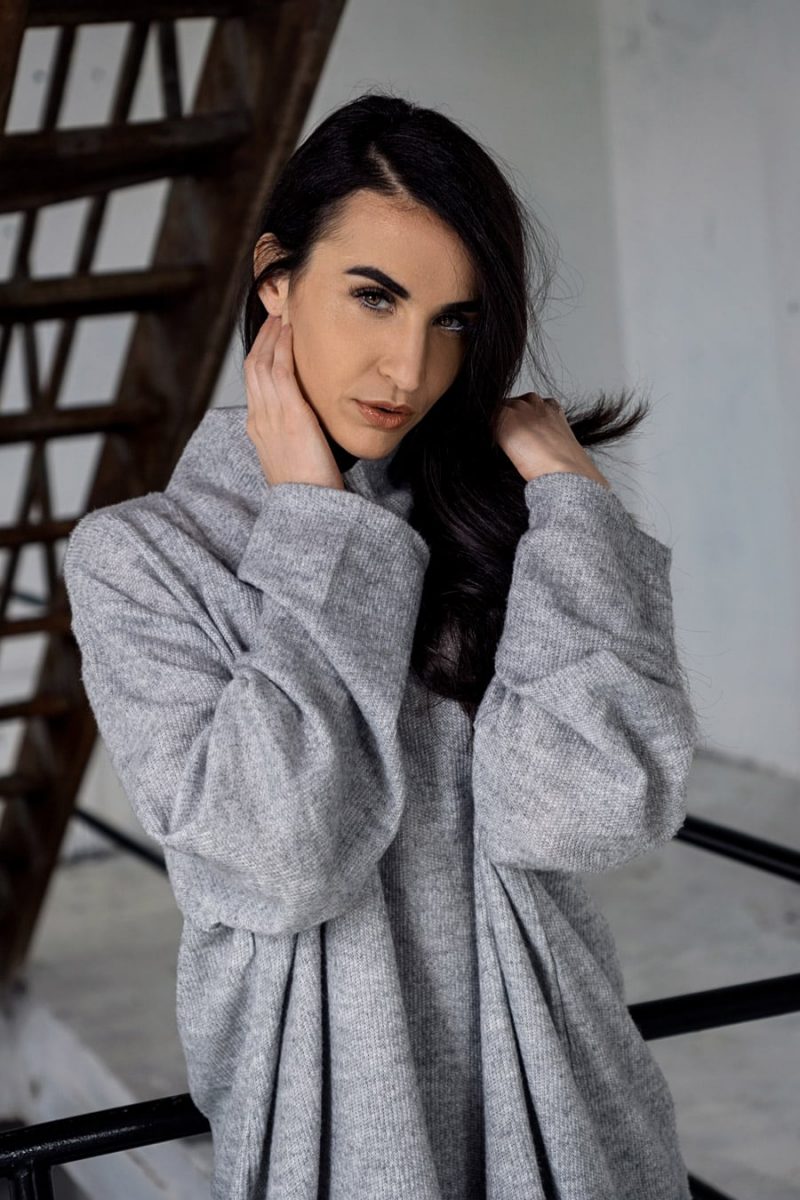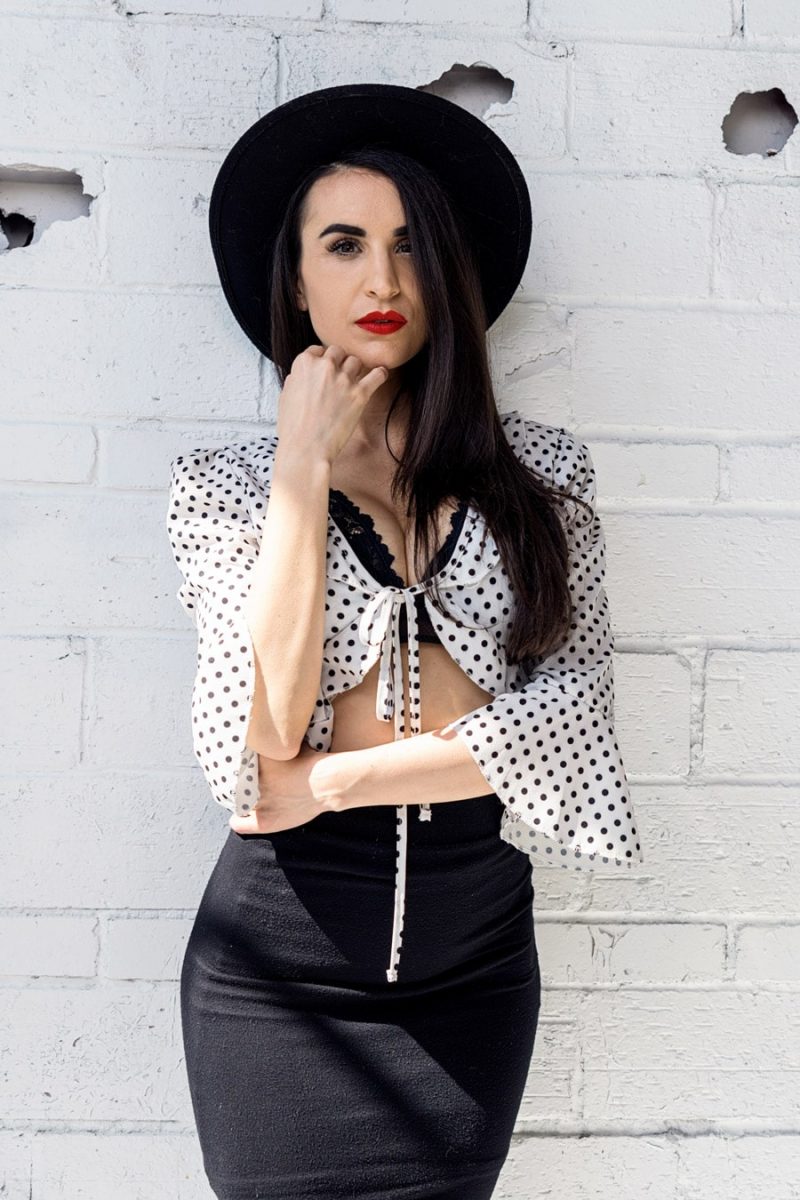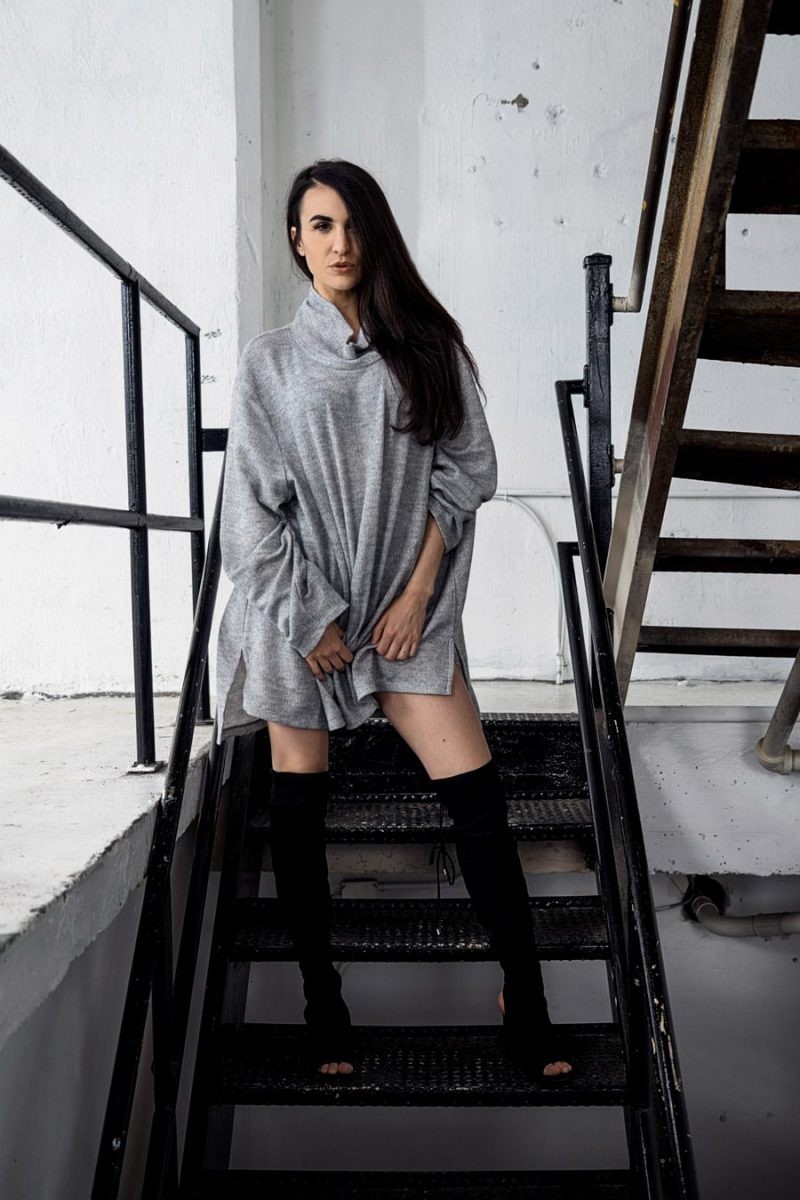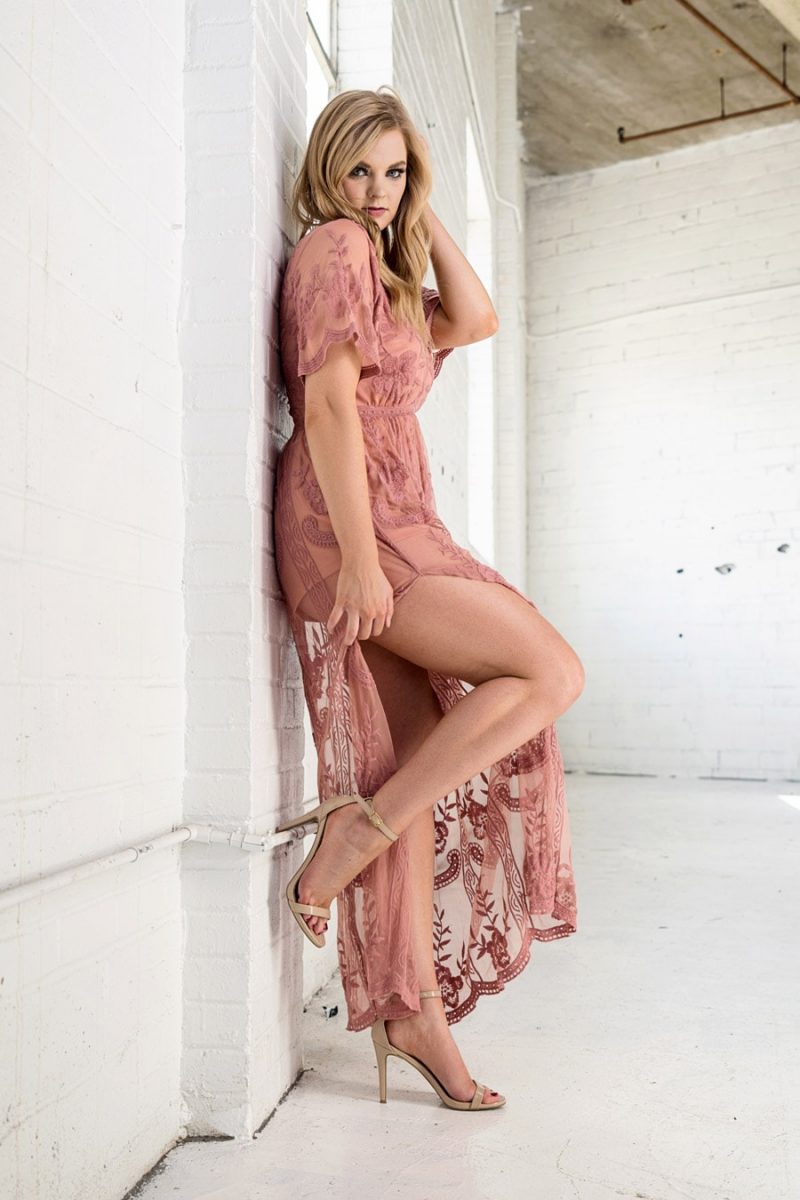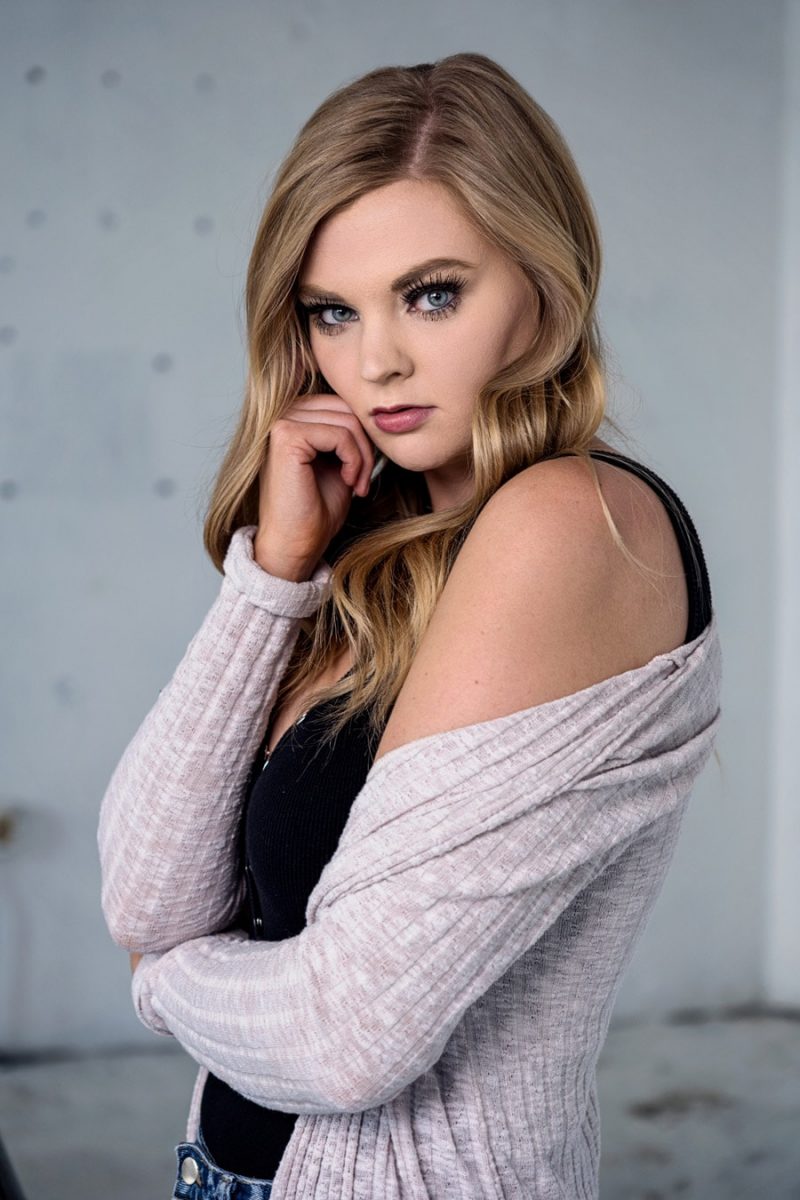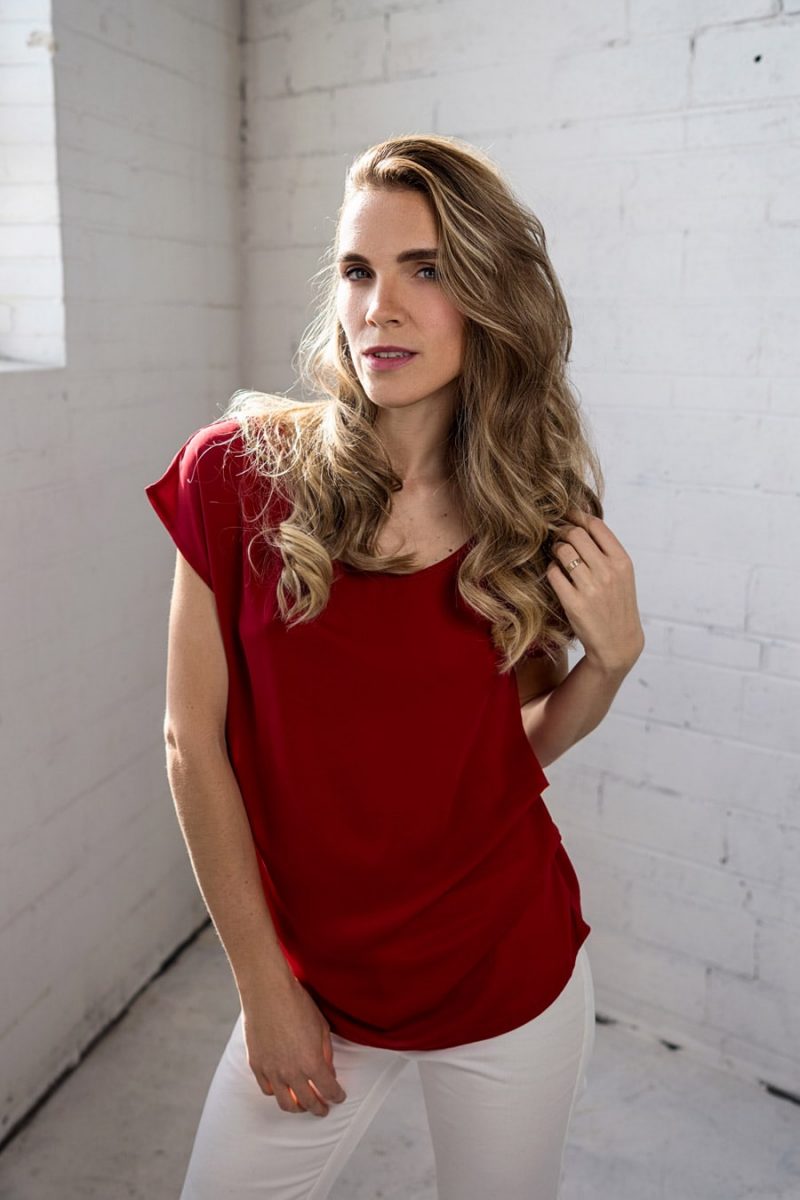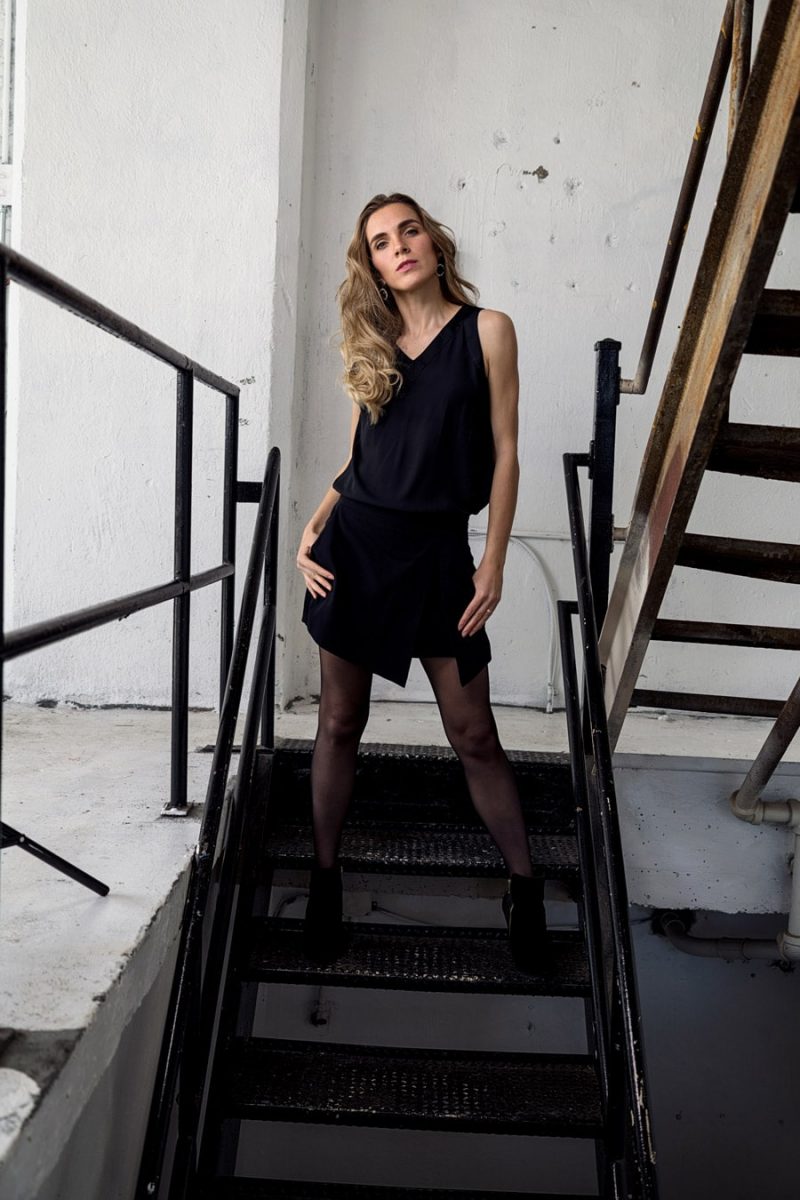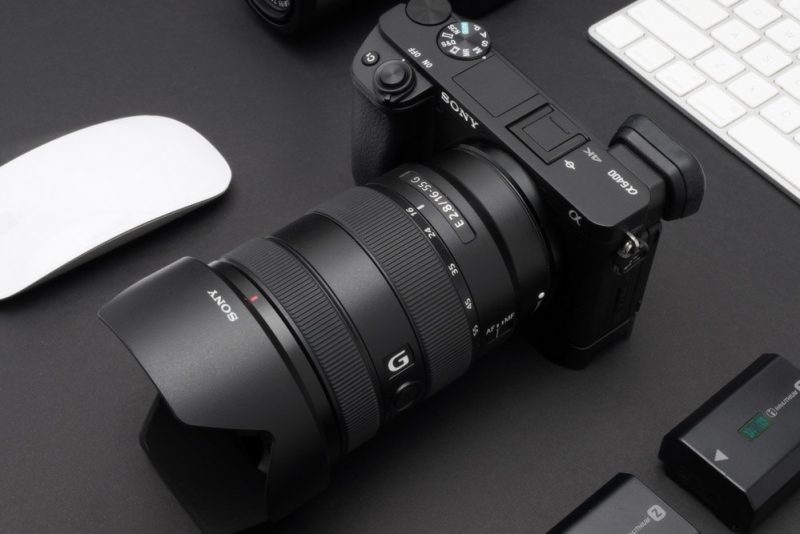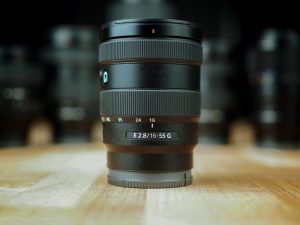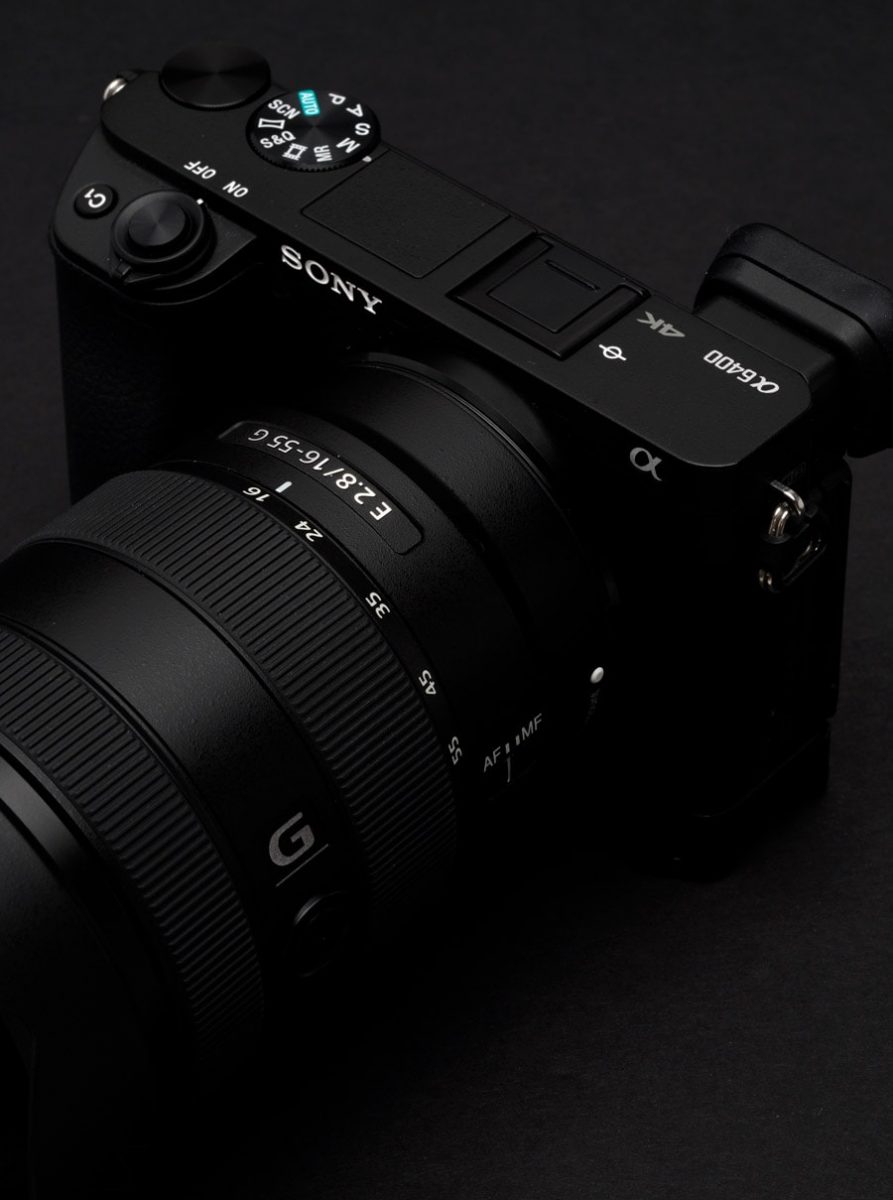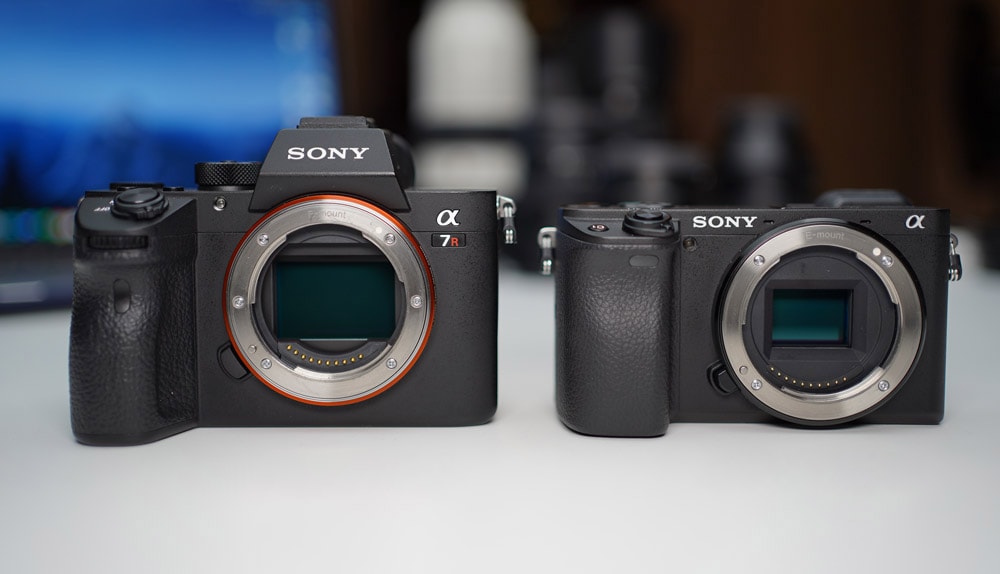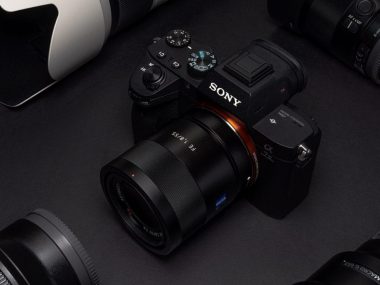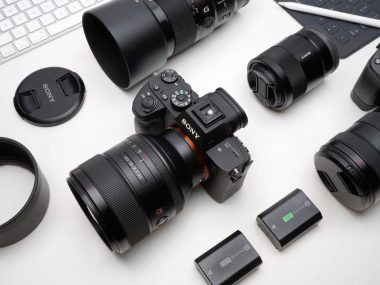Are you looking at using the Sony a6400 for portraits, or how about looking for the best portrait lens for your Sony a6400 mirrorless APSC camera?
If you’re shooting portraits in low light wanting to capture beautiful outdoor portraits, there are lenses designed to work with the Sony a6400 to ensure optimal quality every time.
Read my review of the Sony a6400 camera and the different portrait lenses.
Hopefully you can learn to take your photography skills to the next level.

Sony a6400 Portrait Photography: Small, light weight and easy to use
Sony a6400 Portrait Photography
The Sony a6400 is a very capable portrait photography camera. It’s light weight, well built and features Sony’s newest focusing technology which makes it easy to capture sharp portraits. The eye auto-focus system in single shot and continuous mode is a game changer for portrait photographers.
If you’re interested to see the Sony a6400 with a full frame lens, check it out here.
Whether the Sony a6400 is your main camera or your backup camera, I think you’ll enjoy using this small APSC mirrorless camera.
Let’s review some of the major features I liked and some of the drawbacks I found when using this camera specifically for portraits.

Sony a6400 camera overview
Overall, I like this camera. It would make a perfect camera for a beginners or a secondary camera for a more seasoned professional. It’s a small lightweight camera option with awesome continuous eye auto-focus technology and fast focus.
Kinda makes it effortless to get tac sharp portraits when using these features.
Portrait photography with the a6400 is pretty much like other Sony cameras I’ve used.
Even compared to the more expensive line up, it holds up pretty well.
Articles To Consider
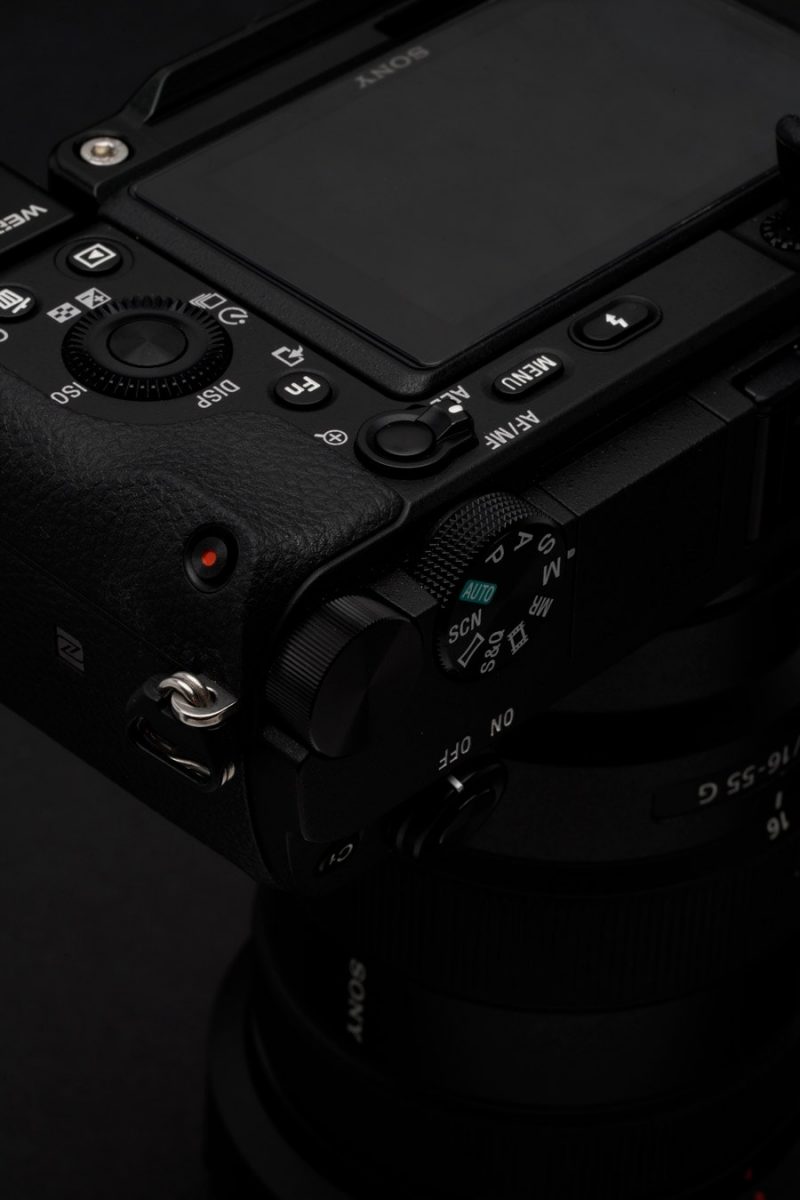
Things to consider before getting the Sony a6400
Before I jump too far into the Sony a6400, full disclosure, I shot mainly with full-frame cameras. My first camera was the original Sony a7, and I’ve shot with many newer versions since then.
My main go-to camera today for portraits is the Sony a7riii.
Even thought I use full-frame, the a6400 has very familiar functionality as my other Sony cameras and I was able to maneuver the camera pretty quickly once I started shooting.
I know there is a big debate about APSC or full-frame cameras for photography, but I want to stay away from that for now, and just tell you about my experience with this camera on portrait shoots.
Benefits of the Sony a6400
Let’s check out some of the benefits and main features of the Sony a6400 for portrait photography.
Sony a6400 weight – 14.02oz or .89lbs
The Sony a6400 camera body only weights in at 14.02oz/403g. This is about 0.89lbs which makes this camera very light overall.
Even with a mix of different lenses, the camera stays very manageable to use for long periods of time.
I use a small camera grip to help with hand grip and this really doesn’t add much more to the setup.
I tried adding a battery grip but I didn’t like that fact that you needed to plug-in a small wire to use the trigger button functionality on the grip.
My last test shoot lasted about 6 hours. I used this camera the entire time and my arms didn’t get tired when using this for that extended period of time.
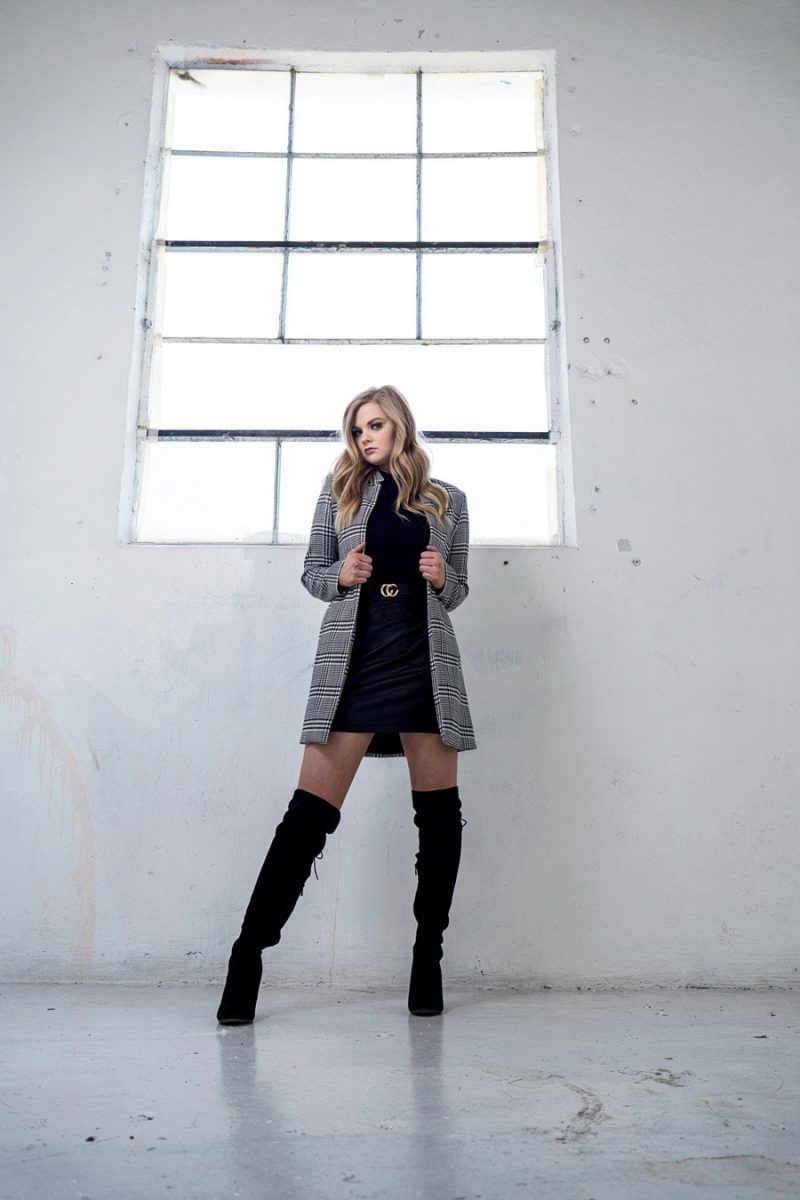
Sony a6400 picture quality
The 24mp sensor is a great addition for this camera. It’s capable of delivering some very sharp and clear images for my portraits.
Now, I’m not a technical photographer, so I judge my findings off of the quality of my photos. It did not disappoint.
Some of the first shots I took I paired the camera with the Sigma 30mm f1.4 lens and also the Sony 18-105 f4.0. Since then I’ve even tried full-frame lenses on the crop-sensor body.
My last test shoot used the Sony 16-55mm f2.8 G Lens and I’ve always believed your lenses make the biggest difference in the quality of your portraits.
[wptb id=5323]
Don't Miss This
The 24mp is perfect for web and social media posts. The resolution is even perfect for photo printing so quality should not be an issue for beginners.
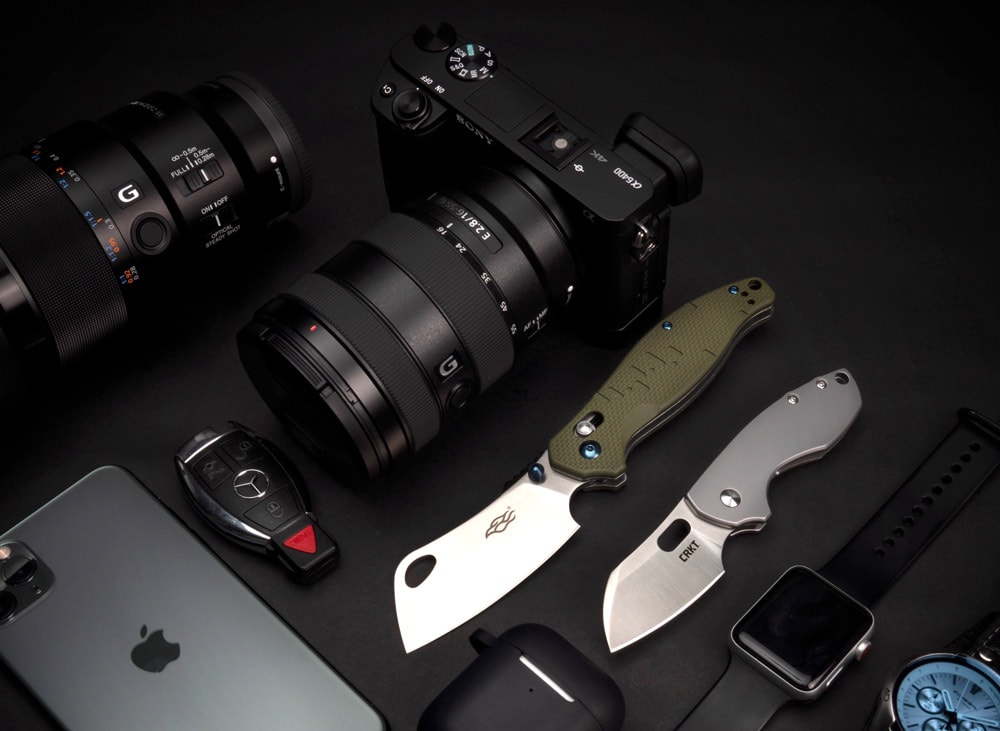
Sony a6400 form factor and ergonomics
I kid you not, I could put this camera in my jacket pocket and pull it out when needed. Especially when I was shooting with the Sony 16-50 kit lens.
I was even able to pull this off with the small Sigma 30mm f1.4.
[wptb id=5314]It also fits nicely into my backpack front pocket and I love having this camera on me during my work day.
It doesn’t draw much attention like larger cameras and does great is small spaces when you want to stay under the radar.
Sony a6400 eye auto-focus in continuous mode
The fast and accurate eye auto-focus in continuous mode is a great reason to get this camera. Especially when shooting portraits.
The eye auto-focus is great for working with models and people as the main subjects. You can have them moving around and still catch critical focus on the eye.
I don’t have to focus and recompose. I can simply compose my shot knowing the eye is in focus when the green square is around the eye.
Now if the subject is moving too fast and your shutter speed is low, you might expect to get some blurry images.

Sony a6400 touch focus and subject tracking
Being able to track my model or subject is simple with this camera. I just hit the touch screen and it will lock onto a single area.
Most of the time I would just track the models face as I had them move around and interact with a particular area.
When the subject is moving, I keep the camera in continues auto-focus mode and raise my shutter speed a bit to freeze the motion. This makes for great lifestyle portraits.
Sony a6400 fast focusing system
Remember I’m not a technical photographer, but I will admit this camera focused really fast with both the Sigma and Sony lenses I tested.
The a6400 has 850 auto focus points that are packed together and cover about 84% of the focus area.
The focus points cover a large part of the sensor so even when the subjects moved to the edge of the compositions it would still do a great job in keeping focus.
What I didn’t like about the a6400 for portraits
Looking at these now, they seem more like nit-pics and not really bad issues but I thought I would still go over them anyway.
ISO grain in low light
When shooting with low light, I noticed much more grain with higher ISO settings versus my full-frame cameras at the same settings.
This is to be expected, but it did stand out for me. I know they are two different sized sensors, but I love the low-light capabilities of the full-frame over the sensor in this camera.
It’s just something I keep in mind when shooting natural light and the sun is going down.
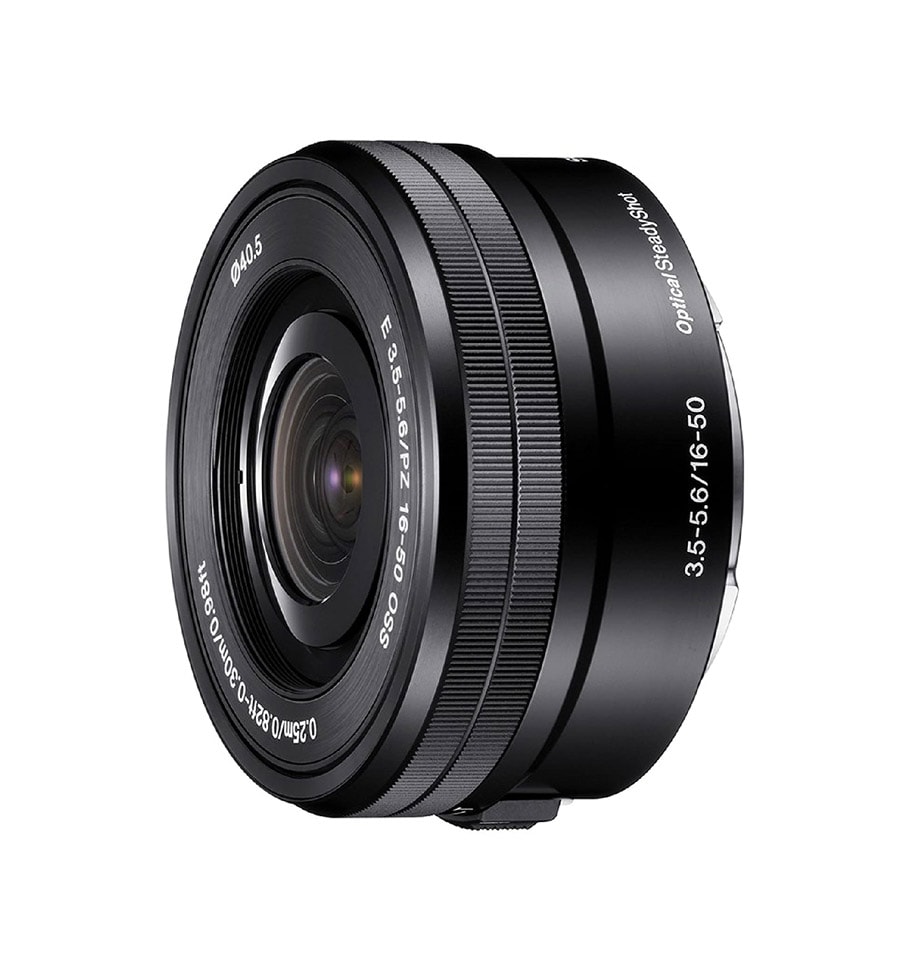
Sony 16-50 Kit Lens
The package I received with this camera came with the kit lens, and I have to say it’s not my favorite. The lens technically not apart of the camera but it was apart of the bundle.
I tend to shoot at wide open apertures so this lens wasn’t my favorite.
I can see how it’s a good starter lens for general shooting and simple portraits, but I would recommend upgrading to the Sigma 30mm f1.4 or the Sigma 56mm f1.4 lens if your budget allows.
The upside was the mechanical zoom when I was switching to video modes. Made it easy to get smooth zooms in my shots.
Sony a6400 Battery life
I read tons of articles saying the battery life has been improved on the a6400 over the Sony a6500 or a6300, but honestly I place blame more on the size of the battery versus the camera.
One single battery did last a lot longer then I expected, but I still carry 1-2 backups just in case. When I have a model moving I like to shoot high burst mode so I tend to take lots of photos.
Now, I was also only shooting portraits and not doing too much video so I can’t speak to that type of use with this camera.
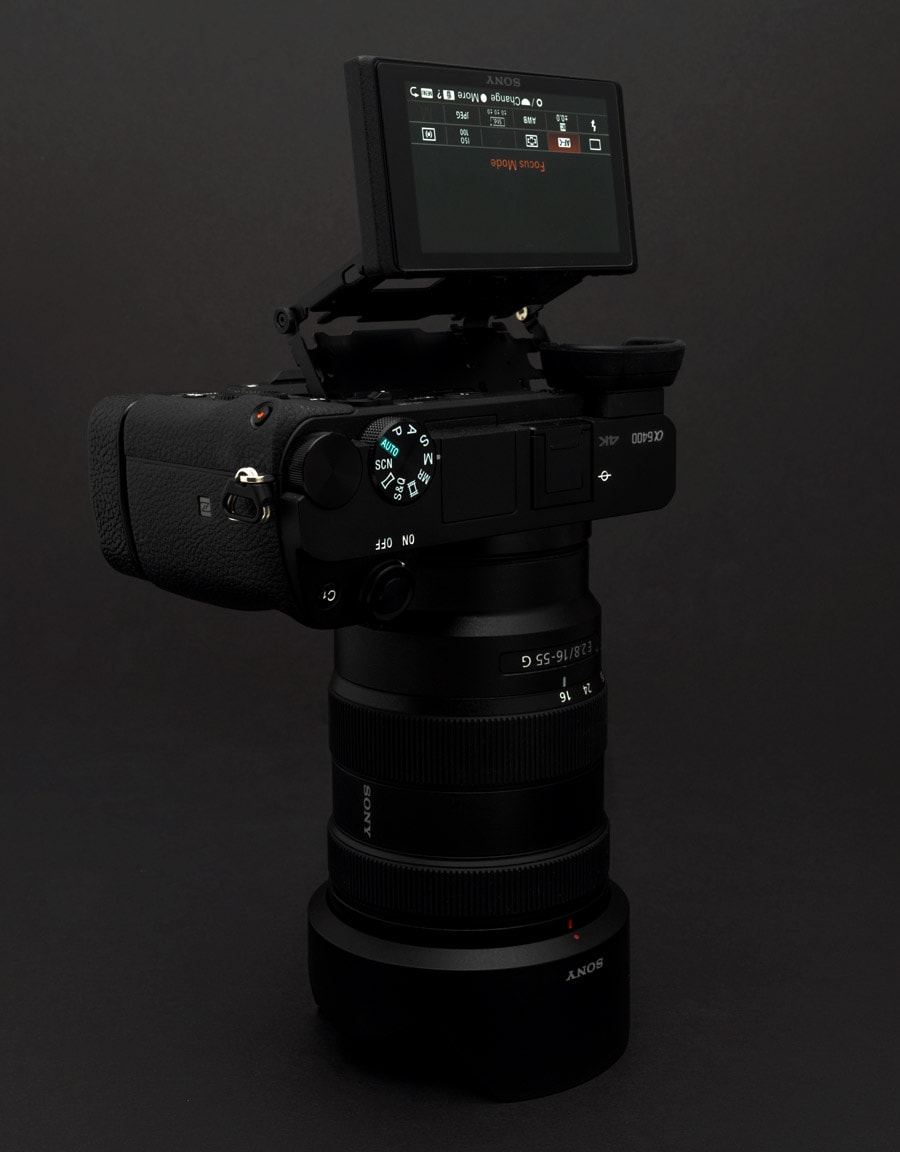
IBIS and video
For video, I think I would prefer the Sony a6500. I shoot all video with my full-frame cameras, and I truly believe IBIS (In body image stabilization) does make a difference when shooting hand held.
For photographers, IBIS does help with those low shutter speeds, but consider the type of shoots you specialize in and go from there.
What about stabilized lenses for Sony a6400
Get stabilized lenses from Sony and this helps with camera shake and hand-held shooting.
Not all lenses provide this and Sigma currently does not have stabilized lenses for the Sony e-mount.
So keep that in mind if you are looking for alternatives and work-arounds.
To be honest, I really don’t think you need stabilized lenses for photos. I think it comes in handy more for video and shooting hand-held.

Sony a6400 Pricing
The Sony a6400 retails for $899.99 body only. It is $998.00 with 16-50mm kit lens.
You can pick up a used a6000 or a6300 camera for hundreds cheaper than the a6400. I’ve even seen used a6500 bodies for the same price as the a6400.
Keep your budget in mind when purchasing a camera body. Especially because the next thing you’ll want to consider is lenses and they can take a toll on your budget really quick.
Having good glass will help make a difference in the quality of your photos.
If I had to start all over again I would have purchased the Sony a6400 body only, and got the Sigma 30mm f1.4 or the Sigma 56mm f1.4 lens.
Recommending the Sony a6400 for portrait photographers
If you’re a portrait photographer looking to capture subjects that are stationary or moving, then this is a great camera.
It’s pretty much like the a6300 and a6500 when it comes to the body of the camera and ergonomics.
It has an upgraded sensor so there is extra functionality you get with that upgrade but these are mostly software enhancements but they do help with shooting, especially for beginners.
The number one recommendation I tell beginner photographers is rent gear first. Give it a try and see if it works for your shooting style.
This way you can see what works best for you before you commit the money to making a large purchase.
Check out places like lensrentals.com and they can have gear shipped to you and the whole process is done online.
Either way, happy shooting and best of luck.
Sony a6400 Portraits – Samples
